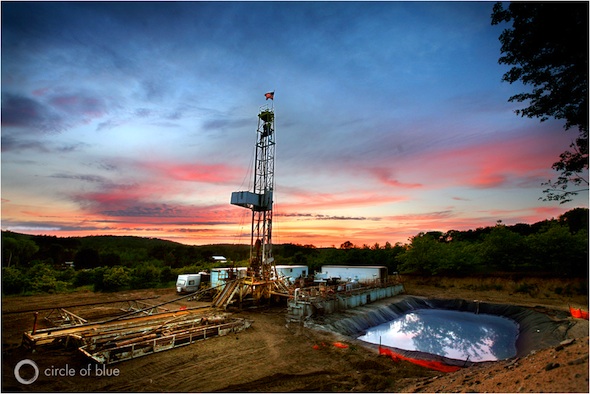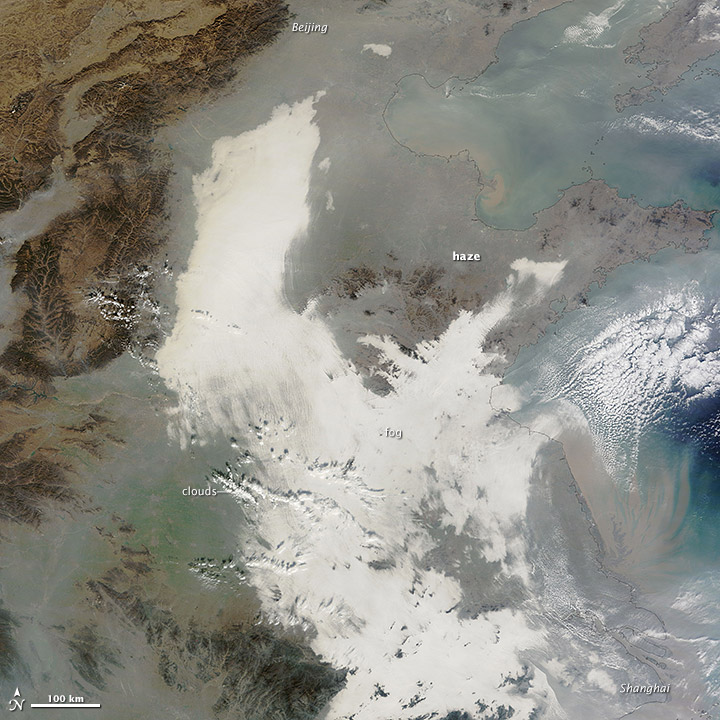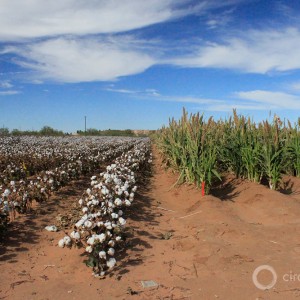To Frack Or Not? Let’s Ask The Right Question

BENZONIA, Michigan — It’s apparent why a great number of Michigan residents wonder about the risks of fracking and whether the state and the federal government ought to shut the technology down. The industrial breakthrough that now enables developers to recover oil and natural gas from hydrocarbon-rich shales 6,000 to 10,000 feet beneath the surface is potentially fraught with danger.
No new technology comes without assorted risks, though, especially one as environmentally significant and economically powerful as fracking. But along with the risks come benefits. The question is whether the United States has the capacity to significantly reduce the threats through regulatory safeguards, or is there one or more aspects of the technology that are so inherently dangerous that fracking should not be allowed at all?
Answering the question involves distinguishing the difference between “potential” and “actual” risks and benefits.
On the potential side of the discussion, the risks seem fearsome. The fracking process blasts millions of gallons of water mixed with chemicals down a well at ultra-high pressure to shatter the shale rock and release the natural gas trapped within. Anecdotal evidence, and several instances of contamination confirmed by the federal Environmental Protection Agency, point to a risk that fracking can contaminate freshwater aquifers much closer to the surface. It’s not clear yet how significant that risk is, though the EPA is studying the issue and preparing to issue a definitive report next year.
Likewise, public health authorities in Pennsylvania are starting to study the consequences of fracking to human health, and they’re also focusing on air pollution. Big diesel engines operate at the well sites, and it takes roughly 2,000 truck trips to transport water, fuel, and equipment to each well. Vehicular collisions, moreover, have taken the lives of dozens of truck drivers and motorists in both Pennsylvania and North Dakota.
Disposal of wastewater and fluids from the process has led to spills in Wyoming and North Dakota. Pumping the wastes down deep disposal wells also has caused small earthquakes in Arkansas, Ohio, and Texas. The concentration of wells in a region — all tied together by new roads, pipeline corridors, and assorted processing and pumping stations — has significant implications for the uses of land, particularly if the development occurs in a forested area like northern Michigan.
But when weighing the hazards, it’s just as crucial with this technology to consider how fracking is producing a mountain of environmental and economic gifts as well. The capacity to literally cause liquid and gaseous fuel to flow from solid rock has made this nation self-sufficient in natural gas production, dramatically lowered our oil imports, and helped reduce climate-changing emissions in the United States to the lowest levels since the early 1990s.
Natural gas has half the carbon emissions per unit of energy as coal. Burning it does not produce mercury, sulfur, and other air pollutants that pour from a coal-fired power plant. Shale gas is apparently abundant enough to drive prices so low that gas-fired electrical generating stations now account for more than one-third of the nation’s electricity, and these plants are being built on much smaller parcels of land than what’s required for coal plants. Reason: gas-fired plants don’t need extra room for big piles of coal that pollute groundwater and rivers after heavy rains. A new gas-fired generating station also uses 60 percent less water per kilowatt-hour than a coal-fired plant. It takes 800 to 3,000 gallons of water to extract, transport, store, process, and dispose of one ton of coal, and it takes 25 tons of coal and an additional 12 million gallons of water to run an average coal plant for an hour.
In the environmental and economic contest between fracked gas and mined coal as a source of energy, it’s not terribly close. Coal is the dirtiest and most dangerous source of fuel at every step of the production and combustion cycle. It’s deadly to mine and causes extensive surface and groundwater contamination from acid mine drainage. In Appalachia, coal companies are blowing the tops off mountains to gain access to veins of coal. Coal-fired plants account for 40 percent of U.S. climate-changing emissions, and they’re responsible for much of the mercury that ends up in fish in Michigan and across the northern tier of states.
Here in northern Michigan, oil and gas development has been well understood since the 1970s when the mile-deep Niagaran Formation was developed. In the 1990s, drillers pursued the much shallower Antrim Shale, prompting a civic pushback due to the potential disruption from roads, pipelines, and processing stations installed in the area’s forests. Now the Collingwood Shale, two miles deep and running up the center of Michigan’s northern peninsula like a spine, is summoning the interest of energy companies.
People are justifiably nervous. Does that merit shutting down development here? No. It does mean understanding the risks and taking regulatory steps to minimize them.
–Keith Schneider
Circle of Blue senior editor
Circle of Blue’s senior editor and chief correspondent based in Traverse City, Michigan. He has reported on the contest for energy, food, and water in the era of climate change from six continents. Contact
Keith Schneider









Good article. I was born in Michigan and am a kayaker and nature lover. Please refer to Illinois cooperative agreements between environmentalists and the natural gas industry. They have come up with a model bill for best practices. I fully support the natural gas revolution, with best practices enforced.
Natural gas is the future of energy. It is replacing dirty old coal plants, and dangerous expensive nuclear plants. It will fuel cars, trucks, vans, buses, locomotives, aircraft, ships, tractors, engines of all kinds. It costs far less. It will help keep us out of more useless wars, where we shed our Natural gas is the future of energy. It is replacing dirty old coal plants, and dangerous expensive nuclear plants. It will fuel cars, trucks, vans, buses, locomotives, aircraft, ships, tractors, engines of all kinds. It costs far less. It will help keep us out of more useless wars, where we shed our blood and money. It is used to make many products, and will bring jobs that boost our economy. It lowers CO2 emissions, and pollution.
Over 5,900 select natural gas story links on my free blog. An annotated and illustrated bibliography of live links, updated daily. The worldwide picture of natural gas. Read in 78 nations. ronwagnersrants.blogspot.com